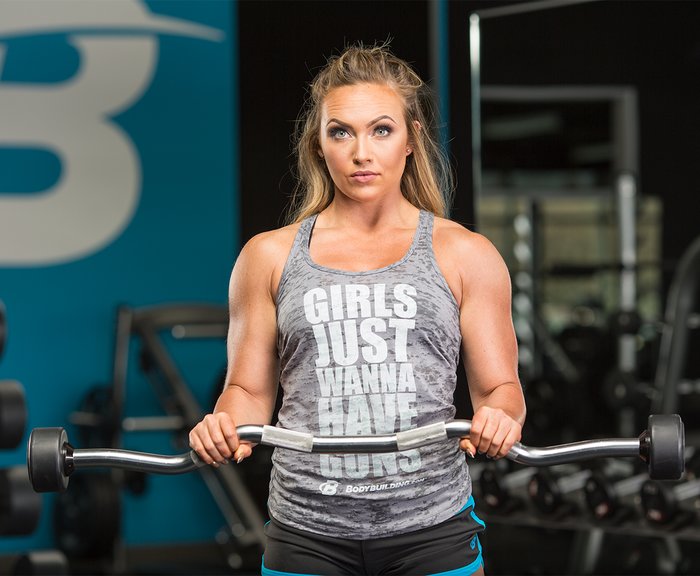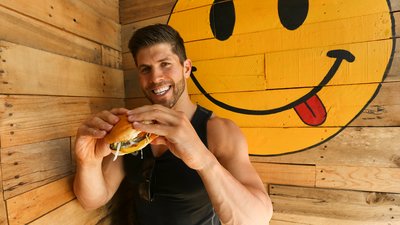If you're using a weekly cheat meal to give you a big boost during a bulking phase, you need to do it right—with guts and with glory, full speed, pedal to the metal. This is no time for adding a calorie here, a calorie there. It's time to go large—but only for one meal a week.
Just for the record, there is a difference between a cheat meal and refeed. A refeed is a short-term, planned period of overfeeding, usually focused on consuming specific macronutrients in larger quantities. People often do refeeding during a fat-loss phase.
A cheat meal is that one meal where planning has no place. There's no tracking, no macros, and no shame. Eat something you love—including things that are way outside your normal diet. The goal is to push calories well beyond maintenance needs to supports hard training, recovery and in time, muscle growth.
But there's a right way and a wrong way to cheat, and it really has nothing to do with cheating. You're just giving your body a big dose of what it needs to get big.
Cheat-Meal Mistakes
1. You Cheat Too Clean
A lot of bodybuilders restrict their diets to pretty much just chicken, brown rice, and broccoli. For them, a cheat meal means "eat more chicken, brown rice, and broccoli." But what will some extra chicken and sides get you? Maybe another 100 calories?
You need to think bigger. This is your time to go for those foods you don't dare even think about the rest of the week. A burger with fries! A sundae with whipped cream and banana! Mac and cheese and a roll! Three rolls! And a slice of cake! Anything but extra chicken and broccoli.

This one memorable meal grants you a brief, well-deserved psychological reprieve from your normal calorie counting. It also provides you with something your body badly needs: an extra dose of calories to help you bulk up. So don't be shy. Go for it on this cheat meal of all meals.
2. Your Weekend Plans Set You Back
When many people think of cheat meals, they immediately think of the weekend. What better way to enjoy a Saturday night than with a few close friends and exorbitant amounts of good food? Hello, pizza, beer, and more beer! The problem with that kind of cheating, though, is that you can end up eating fewer calories than normal. What?
Here's how it works (or, actually, doesn't work): It's the weekend, right? So you decide to sleep in, which throws your meal timing off. You have a late breakfast, a late lunch, and by the time you get to the pizza place, your usual six squares per day is down to three.
Yes, one of the meals may have been epic. But you probably didn't eat more in that one meal than you would have in those two lost meals. The idea is to have your big, lavish, calorie-packed, over-the-top cheat meal in place of one of your usual meals, not three of them.
If you plan your cheat meal for a Saturday night, make sure you get your usual three or four meals in beforehand. Be sure to hit the gym for a harder training session, then end the day with your usual nighttime meal. If you find yourself struggling to fit in all those meals, consider substituting one or more with high-calorie smoothies.

Quick Cheatin' Tips
- Cheat on a training day: Put those extra calories to good use by having your cheat meal on a training day—preferably a demanding one such as leg day.
- When in doubt, dine out: Restaurants create regular customers by adding butter, oil, and sugar to everything on the menu—even vegetables. If you're looking for extra calories, look no further.
- Peanut butter is mandatory: At 200-plus calories per serving, peanut butter is a natural for cheat day. Add it to whole-grain bread, fruits, and veggies to crank up the calories.
- Make it a meal, not a day: The concept is "cheat meal," not "cheat meals." Swing for the fences on that one meal, then rein in back in for the rest of the week.

